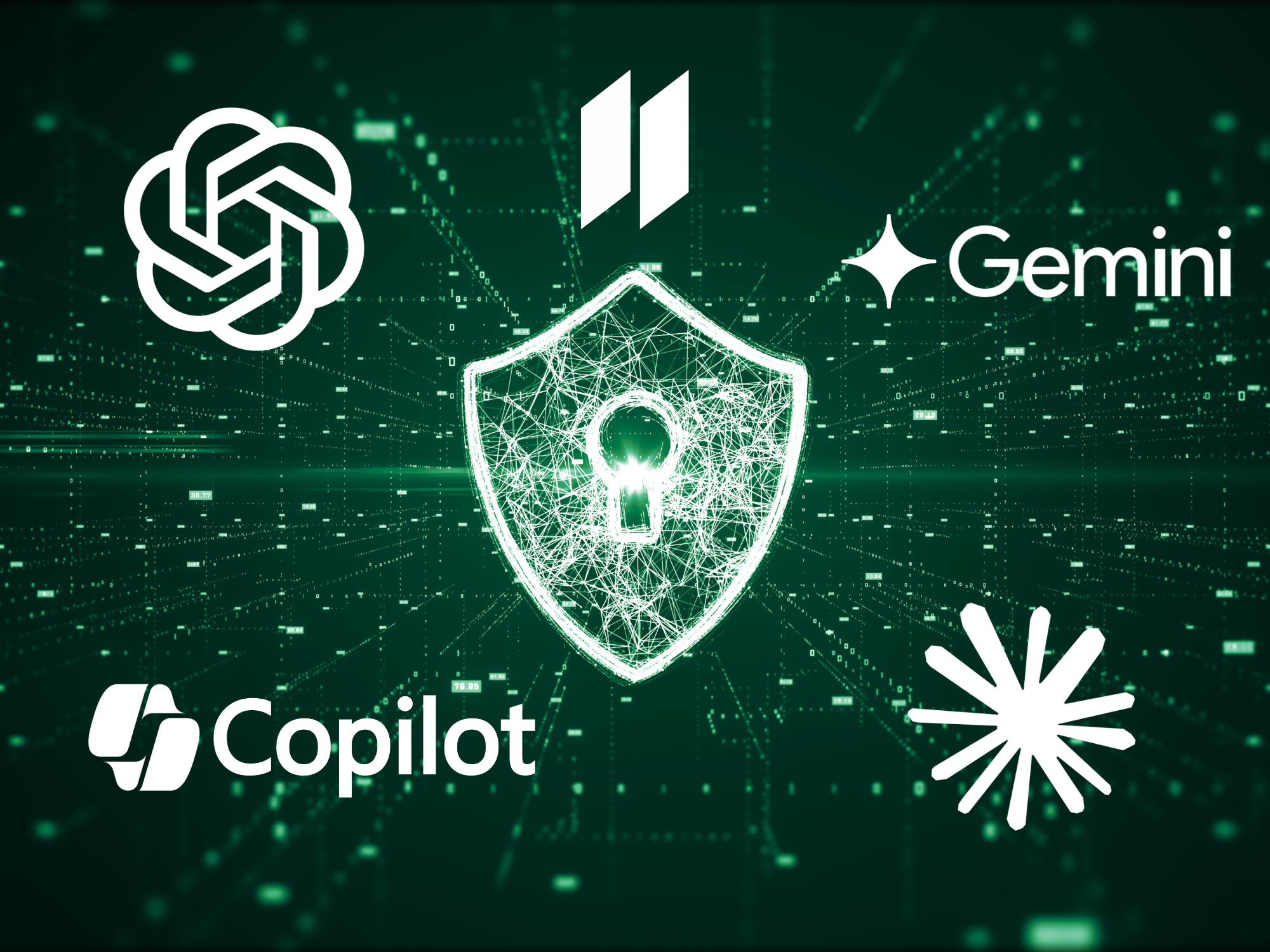Goodbye Tribal Knowledge: How AI Codifies What Your Best Agents Know

In every B2B SaaS support org, there’s that person.
They’ve seen it all. They can decode cryptic customer requests, remember when that one integration broke after a release three quarters ago, and somehow know exactly which workaround solves an obscure edge case from a legacy feature.
They’re brilliant. Indispensable. And totally irreplaceable.
Which is exactly the problem.
The Risks of a Support Team Built on Memory
When critical knowledge lives inside individuals, rather than systems, your support org becomes vulnerable. And in B2B SaaS, where products are complex and customer expectations are high, that fragility is expensive.
Here’s what it often looks like:
- New agents rely on tribal wisdom instead of documentation
- Escalations pile up because only a few people know how to solve certain issues
- Docs go stale while real solutions live in Slack threads or someone’s head
- Turnover (or just PTO) becomes a mini-crisis
- Leadership can’t get visibility into how problems are being solved - just that someone “figured it out”
When knowledge isn’t documented, distributed, and kept current, scale becomes guesswork. You’re not running a modern support team - you’re running support the way it’s always been done.
Why Traditional Documentation Isn’t Enough
It’s tempting to assume the solution is “better documentation.” And while strong internal resources help, they often fall short:
- Docs are usually written after the issue is solved, not in the moment
- They’re static in a fast-moving product
- They rarely capture the nuance or rationale behind a decision
- Searchability is often terrible, especially for new agents who don’t know the right keywords
Even when documented, tribal knowledge can be hard to find, contextualize, or trust.
What a “Codified” Support Brain Looks Like
Solving the tribal knowledge problem requires more than writing things down. It requires systems that capture, connect, and surface institutional knowledge in real time.
That might look like:
- Ticket-based learning loops: Tagging and enriching resolved tickets with metadata and context, so similar issues can be easily surfaced and learned from.
- Dynamic, contextual knowledge delivery: Serving relevant guidance to agents within their workflows, based on what they’re working on - not sending them to yet another tab.
- Cross-functional visibility: Creating connections between support, product, and engineering insights so frontline teams stay current on the latest changes, bugs, and fixes.
- Automated pattern recognition: Using tools to identify recurring issues, emerging themes, and product gaps, even when agents don’t flag them manually.
When these pieces are in place, your support org starts to behave less like a collection of individuals and more like a unified brain—constantly learning, adapting, and sharing.
Rethinking Support Enablement for Scale
Codifying support knowledge isn’t a one-time initiative - it’s an ongoing strategy. It requires cultural buy-in, tooling that works with your team (not against them), and a mindset shift from reactive to proactive.
Most importantly, it lets you build a team where everyone, not just the tenured experts, can deliver expert-level support.
Because in high-growth SaaS, scaling the knowledge of your best agents shouldn’t be aspirational - it should be operational.
Where AI Fits In: From Passive Knowledge to Active Intelligence
Once you’ve acknowledged the risk of tribal knowledge and started building systems to capture it, the next question is: how do we scale this?
That’s where AI becomes a game-changer, not because it replaces your team’s knowledge, but because it helps organize, surface, and apply it more effectively.
Here’s how AI can enhance and accelerate the shift from tribal knowledge to shared intelligence:
1. Connecting the Dots Faster Than Humans Can
Support agents don’t have time to read every past ticket, dig through five different documentation sources, and cross-reference the customer’s config history. AI can do that in seconds - surfacing relevant examples, highlighting similar patterns, and reducing the guesswork in complex cases.
2. Keeping Knowledge Fresh Automatically
Traditional documentation ages out quickly, especially in fast-moving SaaS environments. AI systems can be trained to flag outdated content, recommend updates based on recent resolutions, and even learn from how agents adapt existing knowledge to new situations.
3. Delivering Context in the Moment of Need
Instead of relying on agents to go find knowledge, AI can deliver it proactively - inside the ticket interface, during a live chat, or even as the agent types their response. It’s contextual, real-time enablement rather than static knowledge management.
4. Spotting Patterns Humans Miss
AI excels at pattern recognition, whether that’s identifying a sudden uptick in a specific issue type, surfacing repeated workarounds for the same product limitation, or noticing that new agents struggle with particular types of tickets. That insight helps teams fix root causes, not just symptoms.
5. Reducing Reliance on “Go-To” People
Instead of one or two agents fielding the same questions over and over, AI distributes their expertise across the team. It becomes the “first tap on the shoulder,” allowing your experts to focus on higher-leverage work rather than repetitive explanations.
Final Thoughts: Scale What Works, Not What Walks Out the Door
Tribal knowledge will always exist. It’s a natural byproduct of smart people solving hard problems. But relying on it as your operational backbone? That’s a risk you don’t need to take.
By intentionally capturing, connecting, and scaling what your best agents know, you create a support org that’s not only more resilient, but more efficient, consistent, and capable of growing alongside your product.
AI isn’t a magic wand, but when applied thoughtfully, it can be a powerful catalyst for this shift. It turns scattered knowledge into collective intelligence, and reactive support into a proactive advantage.
If you’re exploring how to move in this direction, we’ve been thinking deeply about it.
Learn more about how Implicit can help solve this problem here.

.svg)


.svg)






